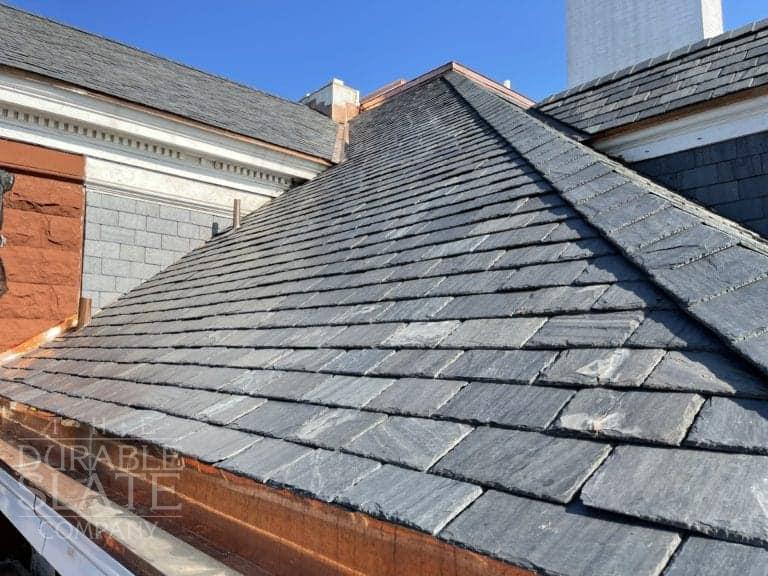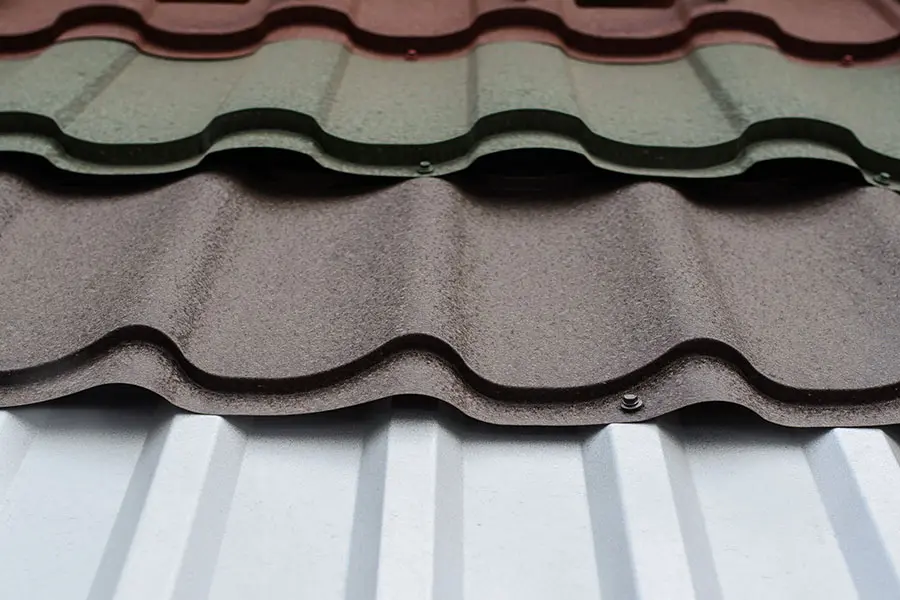Local Insights on Roofing Companies Gainesville Florida Homeowners Prefer
Local Insights on Roofing Companies Gainesville Florida Homeowners Prefer
Blog Article
Finest Practices for Ensuring Appropriate Roofing Air Flow
Making sure correct roofing air flow is important for the longevity and effectiveness of a roof. A well balanced consumption and exhaust air vent ratio, typically 1:300, plays an essential role, with intake vents preferably placed at the reduced side of the roof covering for trendy air entrance and exhaust vents at the optimal for warm air exit. Routine assessments to identify blockages and preserve clear air movement are paramount. Additionally, keeping insulation far from vents is vital to avoid air flow limitation. Comprehending these fundamental components establishes the stage for more comprehensive understandings into installment and maintenance practices that can substantially boost your roof's performance.
Understand Ventilation Fundamentals
Effectively understanding air flow basics is vital for making certain the longevity and efficiency of roof. Efficient ventilation alleviates wetness accumulation and temperature extremes in the attic, both of which can result in significant architectural damage over time. A well-ventilated roofing system assists in protecting against typical concerns such as mold development, timber rot, and ice dams, which can compromise the honesty of the roof covering materials and the underlying frameworks.
The primary objective of ventilation is to promote the movement of air, enabling a consistent exchange in between the exterior and indoor environments. This balance is accomplished with a combination of intake and exhaust vents that interact to maintain ideal air movement. Consumption vents, usually situated along the soffits or eaves, allow fresh air to get in the attic space, while exhaust vents, frequently situated at or near the roof covering ridge, enable hot, humid air to leave.
Trick elements affecting the effectiveness of roof air flow include proper positioning, ample sizing, and making certain that both consumption and exhaust vents are unhampered. Regular evaluation and upkeep are important to determine prospective obstructions, damage, or inefficiencies in the ventilation system, therefore protecting the roofing system's performance and sturdiness.
Kinds of Roof Covering Vents
Roofing system vents play an important function in maintaining effective attic ventilation and, by extension, the general health and wellness of the roof covering system. Numerous types of roof covering vents are readily available, each with unique benefits tailored to particular roofing demands.

Soffit vents are set up under the eaves and operate in tandem with roofing vents to make certain a balanced intake and exhaust system. By allowing cooler air to enter from below, soffit vents assist in the expulsion of warm air via upper vents. Gable vents, located on the outside walls of the attic, offer another effective option, specifically in homes with saddleback roofs.
Assess Your Existing Air Flow

Next, take into consideration the age and problem of your roof materials and air flow components. Older systems might not abide with present structure codes or may have deteriorated gradually, decreasing their efficiency. Conduct a thorough evaluation to determine any signs of wear and tear, such as corrosion, damage, or voids that might jeopardize the system's performance.
In addition, measure the attic room temperature and moisture degrees. High temperatures and moisture can suggest poor ventilation.
Installment Best Practices
Efficient installment of roofing ventilation systems is extremely important for making sure optimum performance and durability. Proper setup starts with understanding the specific ventilation requirements of the roof and the structure it covers. This involves computing the proper ratio of intake to exhaust vents, typically adhering to the 1:300 guideline, which states one square foot of ventilation for every 300 square feet of attic floor area.

Consumption vents ought to be installed at the roof's lower edge, frequently in the soffits, to permit awesome air to enter. Exhaust vents, on the other hand, ought to be mounted near or at the roof's peak to promote the leave of cozy, damp air.
Seal all air vent links carefully to stop air leaks and prospective water seepage. Use high-quality products and follow producer guidelines to guarantee resilience and efficiency. Additionally, integrating ridge vents with baffles can he has a good point significantly boost air flow performance by avoiding wind-driven rainfall and snow from entering the attic room.
Ultimately, precise installment of roofing ventilation systems reduces prospective problems such as mold and mildew growth, ice dams, and structural damages, making sure the roof's honesty and the building's overall health and wellness.
Normal Maintenance Tips
Consistency in upkeep techniques is basic to making sure the lasting performance of roof ventilation systems. Normal examinations are crucial, ideally executed biannually-- in the spring and autumn. During these inspections, ensure that vents are totally free of debris, nests, and other blockages that might restrain air flow. Look for any kind of signs of wetness build-up or mold, as these can show inappropriate ventilation or leakages (roofing companies i loved this in gainesville florida).
Cleaning the vents is one more vital job. Utilize a soft brush or a vacuum cleaner to eliminate dirt and debris from consumption and exhaust vents. Beware not to harm the vent displays or louvers during the process. Additionally, evaluate the attic room for any type of signs of water damages, which could endanger the integrity of the roof.
Appropriate insulation is equally crucial. Guarantee that attic room insulation does not block the vents, as this can badly restrict air flow. Reposition or replace it to preserve an efficient barrier. if any insulation has changed or worked out.
Last but not least, replace any harmed or missing out on parts immediately. Busted vents, broken tiles, or scrubby blinking can all add to poor air flow and should be dealt with immediately. Routine upkeep makes certain that the roofing ventilation system works ideally, thus prolonging the life-span of the roofing itself.
Conclusion
Guaranteeing appropriate roofing ventilation is paramount for keeping the performance and resilience of a roof system. Adherence to the 1:300 intake and exhaust vent ratio, coupled with the calculated positioning of vents, is vital. Regular semiannual assessments, particles cleansing, and making sure insulation does not obstruct air movement are critical techniques. Carrying out these best practices will certainly foster a well-ventilated roof covering system, thereby reducing possible issues connected to moisture buildup and extreme heat, eventually lengthening the roof's life expectancy.
A well balanced intake and exhaust air vent ratio, generally 1:300, plays a pivotal duty, with intake vents preferably positioned at the reduced edge of the roofing system for trendy air entry and exhaust vents at the height for cozy air departure. Consumption vents, usually situated along the soffits or eaves, permit fresh air to get in the attic room, while exhaust vents, typically located at or near the roof ridge, allow warm, moist air to leave.
Soffit vents are set up under the eaves and check my site work in tandem with roof vents to guarantee a well balanced intake and exhaust system. By permitting cooler air to enter from below, soffit vents assist in the expulsion of warm air with top vents. Adherence to the 1:300 consumption and exhaust air vent proportion, coupled with the critical positioning of vents, is crucial.
Report this page